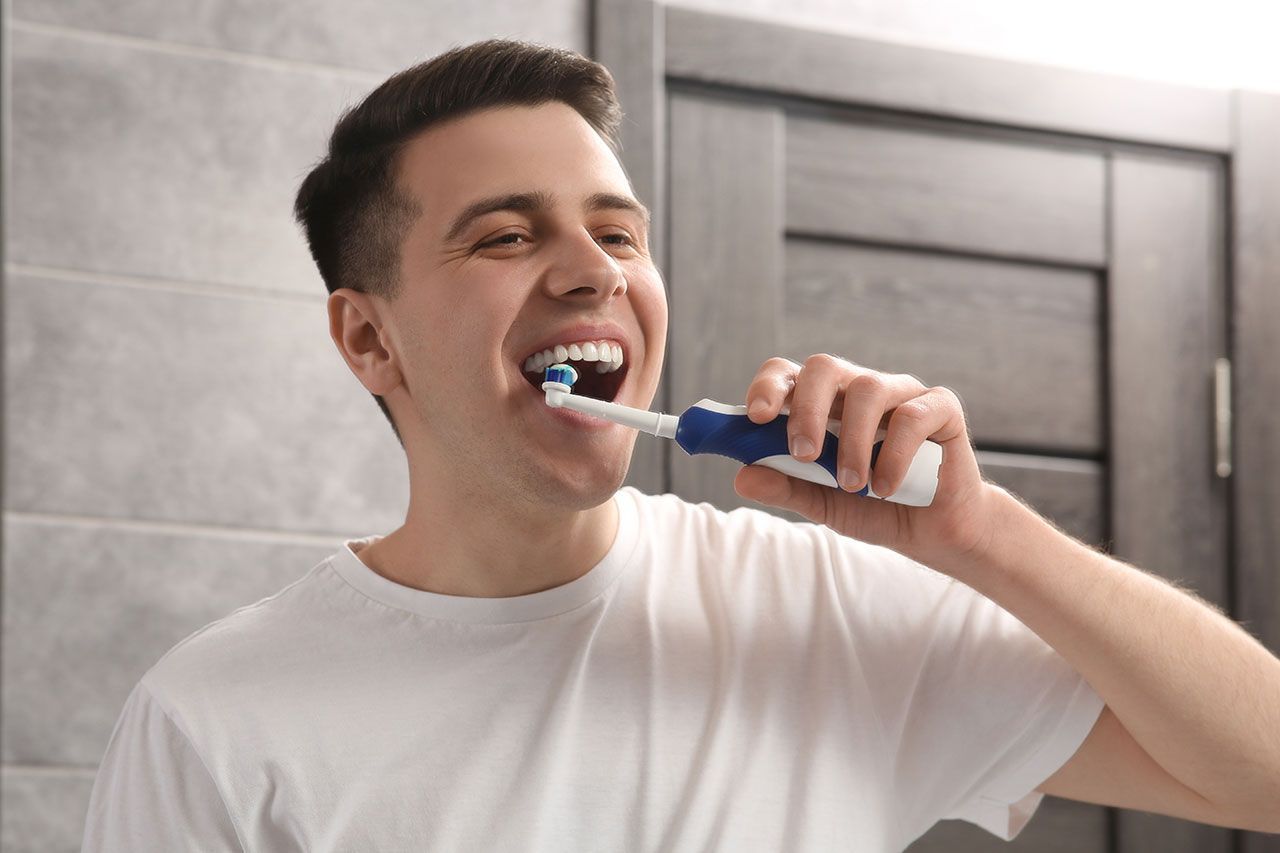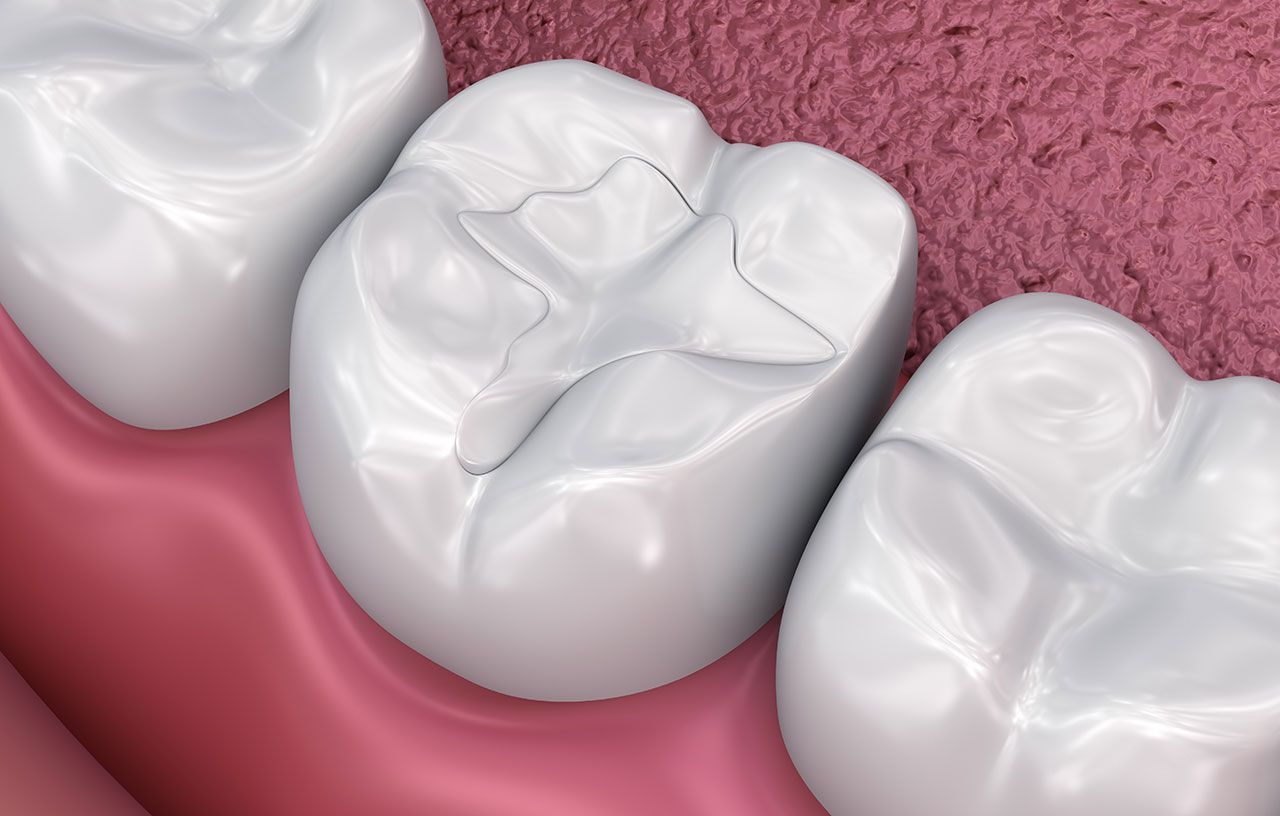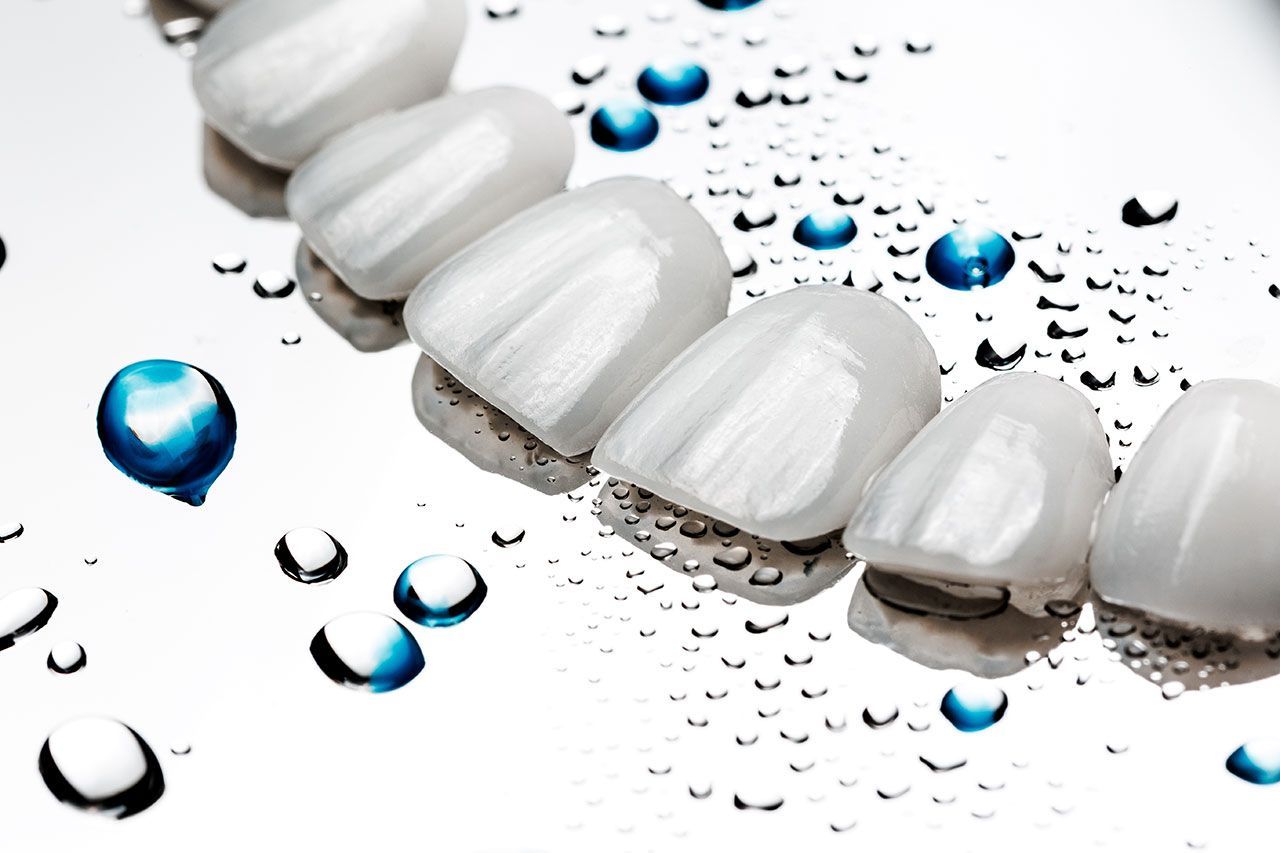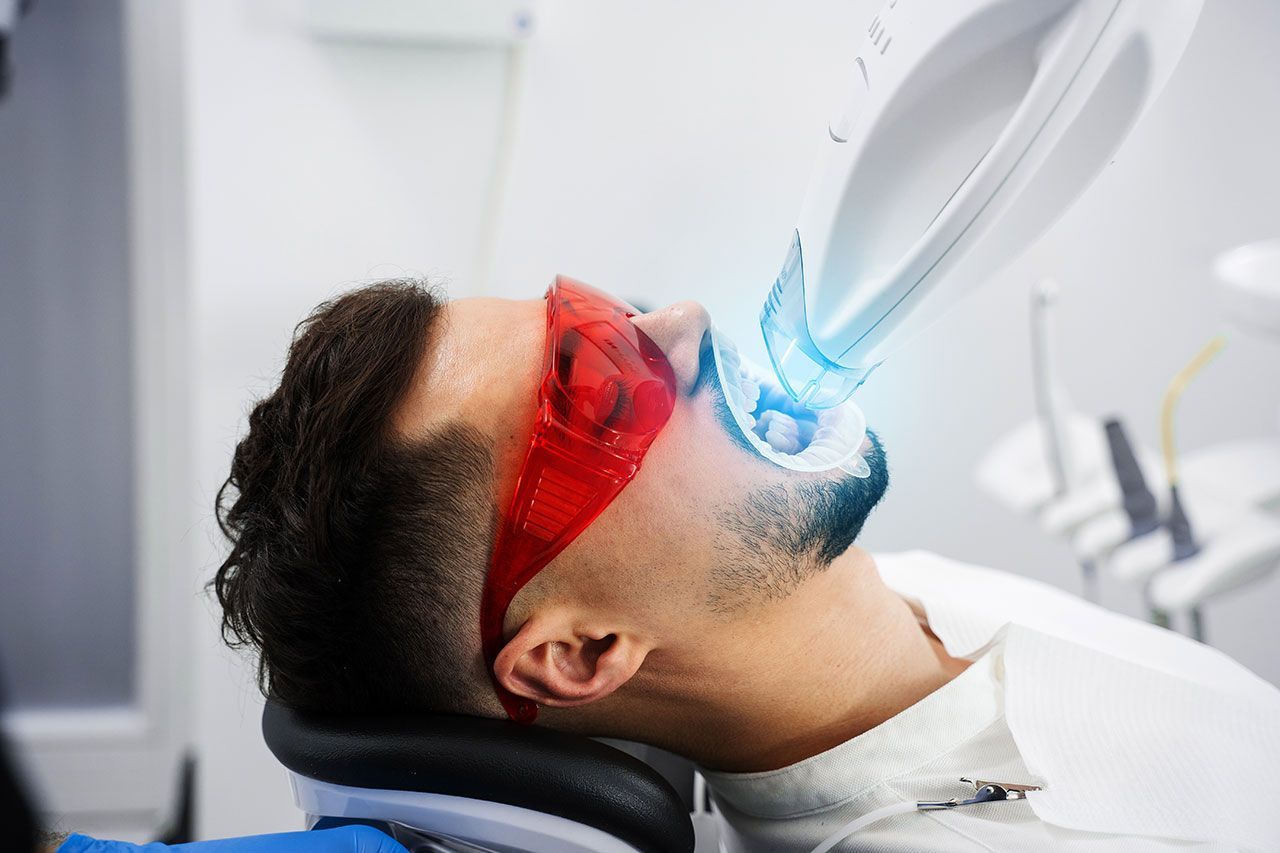Explore our Annapolis Dental Blog

Nobody loves the idea of having a tooth pulled—but sometimes, it’s the most responsible decision you can make for your overall health. The thought of a tooth extraction can sound intimidating. Maybe it brings up images of old-timey dental tools or pain-filled recovery days. But in truth, modern extractions are straightforward, safe, and often the key to stopping discomfort, infection, or further damage before it spirals into something worse. So let’s set the record straight. Whether it’s a severely decayed molar, a problematic wisdom tooth, or an overcrowding issue, extractions aren’t about giving up on a tooth—they’re about protecting your smile’s future. What Is a Tooth Extraction? A tooth extraction is exactly what it sounds like: the removal of a tooth from its socket in the jawbone. It’s one of the most common procedures performed in dental offices, and despite its reputation, it’s typically quick and minimally invasive. There are two main types: Simple Extractions – Performed on visible teeth using forceps and local anesthesia. Surgical Extractions – Required when a tooth is broken, impacted (like wisdom teeth), or hasn’t fully erupted. This involves making a small incision in the gum to remove the tooth. Your dentist or oral surgeon will determine which approach fits your situation based on x-rays and an exam. When Is Tooth Extraction Necessary? It’s not the first resort, but sometimes, it’s the best one. A dentist will always try to save a tooth when possible—using fillings, crowns, or root canals—but some situations make extraction the healthiest choice. Here are the most common reasons: Severe Tooth Decay : When a cavity has destroyed too much of the tooth structure or caused an untreatable infection. Advanced Gum Disease : Periodontal disease can weaken the bone supporting a tooth, making it loose or unstable. Impacted Wisdom Teeth : These often erupt at an awkward angle or fail to emerge fully, increasing the risk of pain, infection, or shifting nearby teeth. Overcrowding Before Orthodontics : Sometimes, teeth need to be removed to make room for proper alignment with braces or Invisalign. Fractured Teeth Below the Gumline : If a tooth is broken beyond repair, removal might be the only safe option. The Extraction Process: What to Expect Let’s demystify it. Most extractions take 20–40 minutes, depending on the complexity. You’ll typically receive: A local anesthetic to numb the area Sedation, if needed, to help with anxiety or comfort Gentle loosening and removal of the tooth Gauze to manage bleeding and help a blood clot form For surgical extractions, dissolvable stitches may be used. Afterward, you’ll rest briefly before heading home with detailed care instructions. And no, you won’t feel pain during the procedure—just some pressure. The anesthetic takes care of the rest. What About After the Extraction? Post-extraction care is all about protecting the healing site and avoiding complications like dry socket. Some key dos and don’ts: Do rest the day of your procedure Don’t use straws or smoke for at least 48–72 hours Do apply ice packs for swelling and take pain relievers as directed Don’t brush directly over the extraction site for the first day Do stick with soft foods for a few days (think soups, smoothies, yogurt) Most patients feel back to normal within a few days, with full healing taking place over one to two weeks. What If I Need to Replace the Tooth? Good question. If the extracted tooth was permanent and visible, your dentist will likely recommend a restoration to maintain chewing function and prevent surrounding teeth from shifting. Options may include: Dental Implants – A titanium post placed into the jaw to support a crown Bridges – Artificial teeth anchored by crowns on adjacent teeth Partial Dentures – Removable appliances that fill the gap Restoring your smile ensures your bite stays balanced and your oral health stays intact. Why Extractions Are Sometimes the Healthiest Choice Tooth extraction might feel like a last resort—but in many cases, it’s a proactive one. According to the American Dental Association and Mayo Clinic: Untreated dental infections can spread to the jaw, sinuses, or bloodstream Impacted wisdom teeth can damage adjacent molars or lead to cysts Extractions often relieve intense pain, swelling, and pressure Removing severely damaged or diseased teeth can protect the rest of your smile In short: while keeping natural teeth is ideal, removing a problem tooth can stop pain, preserve your health, and make room for something better. Busting Some Common Myths “It’ll be extremely painful.” Modern dentistry uses effective anesthetics and sedation options to make extractions virtually painless. “I’ll be out of commission for a week.” Most people return to normal activity within 24–72 hours. Full healing takes longer, but downtime is minimal with good care. “Losing a tooth means I’ll have a visible gap forever.” Not true. There are many affordable, aesthetic options to replace missing teeth, often available the same day or within a few weeks. Real Benefits of Tooth Extraction Backed by clinical recommendations from the American Association of Oral and Maxillofacial Surgeons and ADA: Prevents the spread of infection from severely decayed teeth Relieves pain caused by pressure, inflammation, or crowding Prepares the mouth for orthodontic or restorative treatment Improves long-term oral health by eliminating unstable or damaged teeth And when paired with modern replacement options, your smile can be restored quickly and beautifully. If you’re dealing with persistent pain or a problem tooth, don’t wait. Call Aria Dental of Annapolis at 410-280-5370 to book a consultation and find out if tooth extraction is the right next step for your health and comfort.

If your teeth could talk, they’d probably beg for a little extra backup—especially those hard-to-clean molars in the back. Enter: dental sealants. They might not be as flashy as veneers or as dramatic as root canals, but dental sealants are one of the most effective (and underrated) tools in modern dentistry for preventing cavities before they ever get started. Especially for kids and teens—but increasingly for adults, too—sealants can be a game changer for long-term dental health. Let’s take a closer look at how they work, who needs them, and why adding this quick treatment to your next appointment might just be the smartest dental decision you make this year. What Exactly Are Dental Sealants? Imagine putting a clear, invisible raincoat over your tooth. That’s the basic idea behind dental sealants. Dental sealants are thin, protective coatings made of plastic or resin that are painted onto the chewing surfaces of the back teeth—usually the premolars and molars. These areas are full of grooves and pits that trap food and bacteria, making them a hotspot for cavities. Brushing helps, but those deep crevices can be hard to reach, especially for kids. Sealants fill in those grooves, creating a smooth surface that: Blocks food and plaque from settling in Makes brushing more effective Lowers the risk of tooth decay dramatically And the best part? The application is fast, painless, and completely noninvasive. Who Should Get Dental Sealants? Sealants are most commonly recommended for children and teens. The American Dental Association (ADA) suggests applying them as soon as the first permanent molars come in—typically around age 6—and again when the second molars appear around age 12. But here’s something many people don’t realize: adults can benefit too. If you’re prone to cavities, have deep grooves in your molars, or just want extra protection, sealants are a simple, affordable option. They can even be applied to teeth that already have early signs of decay to stop it from getting worse. Sealants are especially helpful for: Children still developing strong brushing habits Teens who snack often or have orthodontic appliances Adults with a history of cavities or dental restorations Anyone with naturally deep grooves in their molars How Long Do They Last? While sealants aren’t permanent, they’re impressively durable. With good oral hygiene, they can last anywhere from 5 to 10 years. Dentists usually check them during regular visits and can reapply as needed. It’s a small price for long-term protection. Think of them like armor for your enamel—silent, strong, and always on duty. The Process: Quick, Simple, No Drills Worried about pain or discomfort? You can put that fear to rest. Applying dental sealants takes just a few minutes per tooth, and there’s no need for numbing, drilling, or downtime. Here’s how it goes: The tooth is cleaned thoroughly A mild etching solution is applied to roughen the surface for better bonding The tooth is rinsed and dried The sealant is painted on and hardened with a special curing light And that’s it. You can eat and drink right after your appointment. Backed by Science: Why Sealants Work Dental sealants aren’t just a nice idea—they’re backed by solid research. According to the Centers for Disease Control and Prevention (CDC), sealants prevent 80% of cavities in the back teeth, where 9 out of 10 cavities in children occur. The CDC also reports that kids without sealants are nearly three times more likely to have cavities than those with sealants. Other highlights from the American Academy of Pediatric Dentistry (AAPD) and ADA: Sealants are proven to reduce the incidence of cavities in children and teens They’re cost-effective, especially when compared to the cost of fillings, crowns, or root canals Sealants applied over early decay can stop further damage by sealing off bacteria from their food source In short, they work—and they work well. Addressing Common Myths and Concerns “Aren’t sealants just for kids?” Nope! While children benefit the most, adults can absolutely get sealants too—especially if they have a high risk of decay or a history of dental work. “Do sealants contain BPA?” The amount of BPA in dental sealants is extremely low—lower than what you’d get from handling a receipt or touching a plastic water bottle. They’re considered safe by both the ADA and FDA. “Will I feel them on my teeth?” Sealants are very thin. You might notice them at first, but most people forget they’re even there within a day or two. Why Prevention Pays Off Let’s face it—dental care can get expensive, especially when cavities lead to fillings, crowns, or root canals. Sealants offer one of the best returns on investment in dentistry. Think about this: A cavity can cost hundreds to treat A sealant costs a fraction of that And the process takes minutes—not hours in the chair Prevention saves time, money, and stress. It’s like locking your doors at night—not because something will happen, but because it’s the smart thing to do. Real Benefits of Dental Sealants Clinical organizations like the CDC and ADA agree: sealants make a real difference. Up to 80% reduction in cavities on molars for children and teens Effective for up to 10 years with proper care Painless application with no drilling or numbing Safe for kids and adults alike In a world full of high-tech solutions, sealants are refreshingly simple—and highly effective. Want to add extra protection to your smile? Ask about dental sealants during your next visit to Aria Dental of Annapolis. Call 410-280-5370 to schedule an appointment and give your teeth the defense they deserve.









